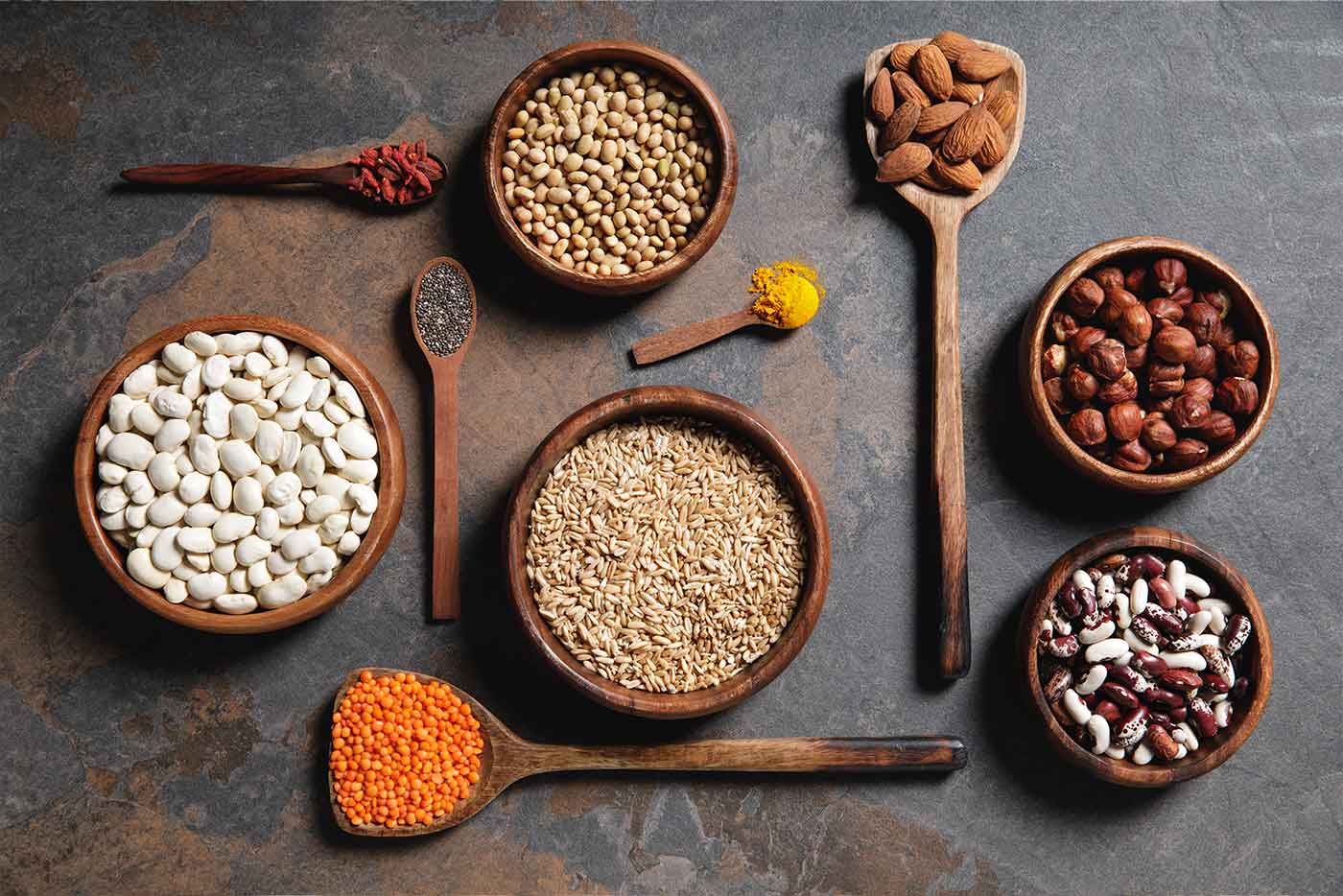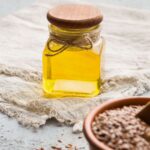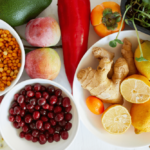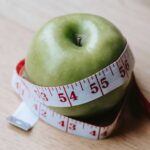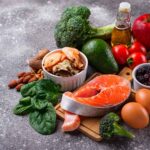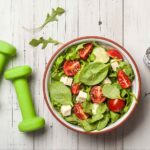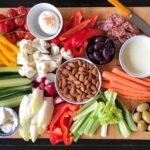Thinking about trading in meat for greens? Perhaps you’ve dabbled with a vegetarian diet before, but couldn’t fully commit because you were worried about a nutrient deficiency. While you may have learned a lot about vegan protein alternatives, there’s not as much discussion around sources of iron.
Why Is Iron Important for Your Health?
Iron carries oxygen through the bloodstream, making it responsible for many systems in the body including energy production, cognitive function, synthesis of certain hormones, growth and development, and much more. It also helps to kill bacteria, viruses and parasitic infections, and is essential for immune system regulation. It’s too bad our bodies can’t produce iron alone; instead, we have to consume food that is high in iron to retain appropriate iron levels.
Although iron is strongly associated with meat and other animal products (heme), some plants can also be good sources of iron (non-heme). The difference is that our bodies absorb lower amounts of non-heme iron than heme iron.
10 Secrets to Increasing Your Iron Intake
Increase Your Intake of Non-Heme Iron Foods
Because non-heme iron isn’t as well absorbed as heme iron, the National Health and Medical Research Council recommends that vegetarians consume twice as much iron as non-vegetarians. This means eating plenty of iron-rich plant-based foods — leafy green vegetables, legumes, lentils, beans, seeds, oats and tofu to name a few!
Limit Foods That Decrease Absorption
Some foods block your digestive system’s ability to absorb iron. This means that even when you increase your iron intake, your body won’t absorb it as it should. For example, there is a plant compound called tannin that is found in coffee, red wine, most teas and some berries, and this compound actually reduces your capacity to absorb iron. The same goes for oxalic acid, calcium and zinc. Despite hindering iron absorption, these food components aren’t necessarily bad for you. Quite the contrary — they are essential for your health! But sometimes, as the saying goes, you can have too much of a good thing. That’s why it’s vital to maintain a balanced diet, even when you’re going vegetarian.
Add More Lysine-Rich Foods to Your Diet
Eating plant-based foods that are high in lysine, such as soybeans, lentils, legumes and quinoa, will not directly lead to a boost in iron, but will increase your body’s ability to absorb iron.
Pick Iron-Fortified Foods
Thanks to science, many of our commercial foods are fortified with iron. While most of these foods are processed, meaning they are high in salt, sugar and fat without a lot of fibre, they can help raise your iron levels. So if you’re craving junk food, you might as well choose the lesser evil and go for iron-fortified foods.
Pair Iron-Rich Foods With Vitamin C
Given that they are consumed simultaneously, vitamin C or ascorbic acid boosts your absorption of non-heme iron by up to 2–3 times. So pair your iron-rich meal with a refreshing glass of OJ! Not only are they a delicious combo, they will increase your iron levels.
Cook With Your Cast Iron Crockery
Believe it or not, the iron your body needs is the same as that which is found in your cast iron kitchenware. So when you cook with a cast-iron skillet, you’re actually adding another ingredient to your food — iron!
Take Iron Supplements
Taking iron supplements is another way of boosting iron levels in your body. You can get them in the form of liquids or pills, depending on your preference. Remember, you will have to consistently take them for a few months to increase your iron levels significantly. Before you buy them, consult with your doctor about the ideal dosage for you.
Get an Iron Injection
If your iron deficiency doesn’t improve with diet changes and supplements, your doctor may recommend getting an injection. Bear in mind that these shots can have side effects such as nausea, low blood pressure, fainting and even anaphylaxis from an allergic reaction. That’s why this procedure requires medical administration in your doctor’s office or a hospital. Keep in mind that you can only get this through a doctor’s recommendation.
Have a Blood Transfusion
In severe iron deficiency cases, you may have to resort to red blood cell transfusion. But your doctor will only suggest this if you are actively bleeding or have symptoms like shortness of breath, weakness and chest pain. Although transfusions don’t completely correct your iron deficiency, they replace your deficient red blood cells, giving you temporary results.
Treat Your Underlying Causes
Iron deficiency can be a symptom of some underlying health conditions. If you have any of these conditions, your iron levels will remain low until you receive treatment. It’s gravely important that you consult with your doctor if you have any medical condition that needs to be addressed. A lot of the time, low levels of iron are caused by bleeding or the inability to absorb iron due to certain diseases:
- Menorrhagia and heavy bleeding
- Crohn’s disease
- Celiac disease
- Polyps in the intestines or colon
- Stomach ulcer
Once you manage these causes, you’ll be raising your iron levels in no time. So be sure to take good care of your health!
Maintain a Healthy Level of Iron!
We can’t stress enough how essential iron is for your health. Many of our body’s functions rely on this nutrient. The good news is that even with an all-vegetarian diet, there are still many ways to increase your iron levels. Nonetheless, too much iron is also bad for you. The key to a healthy life is balance, and this includes a balanced diet!
